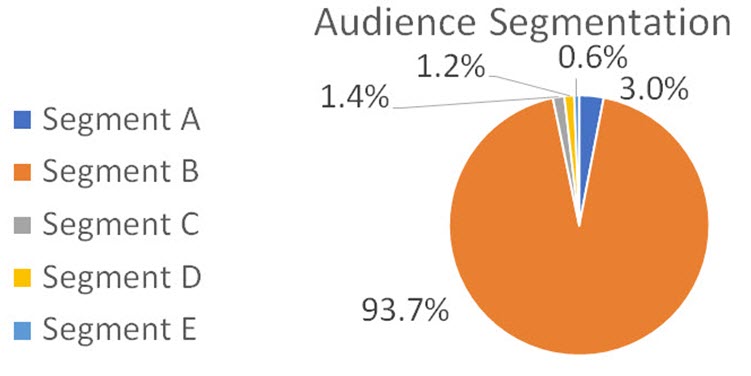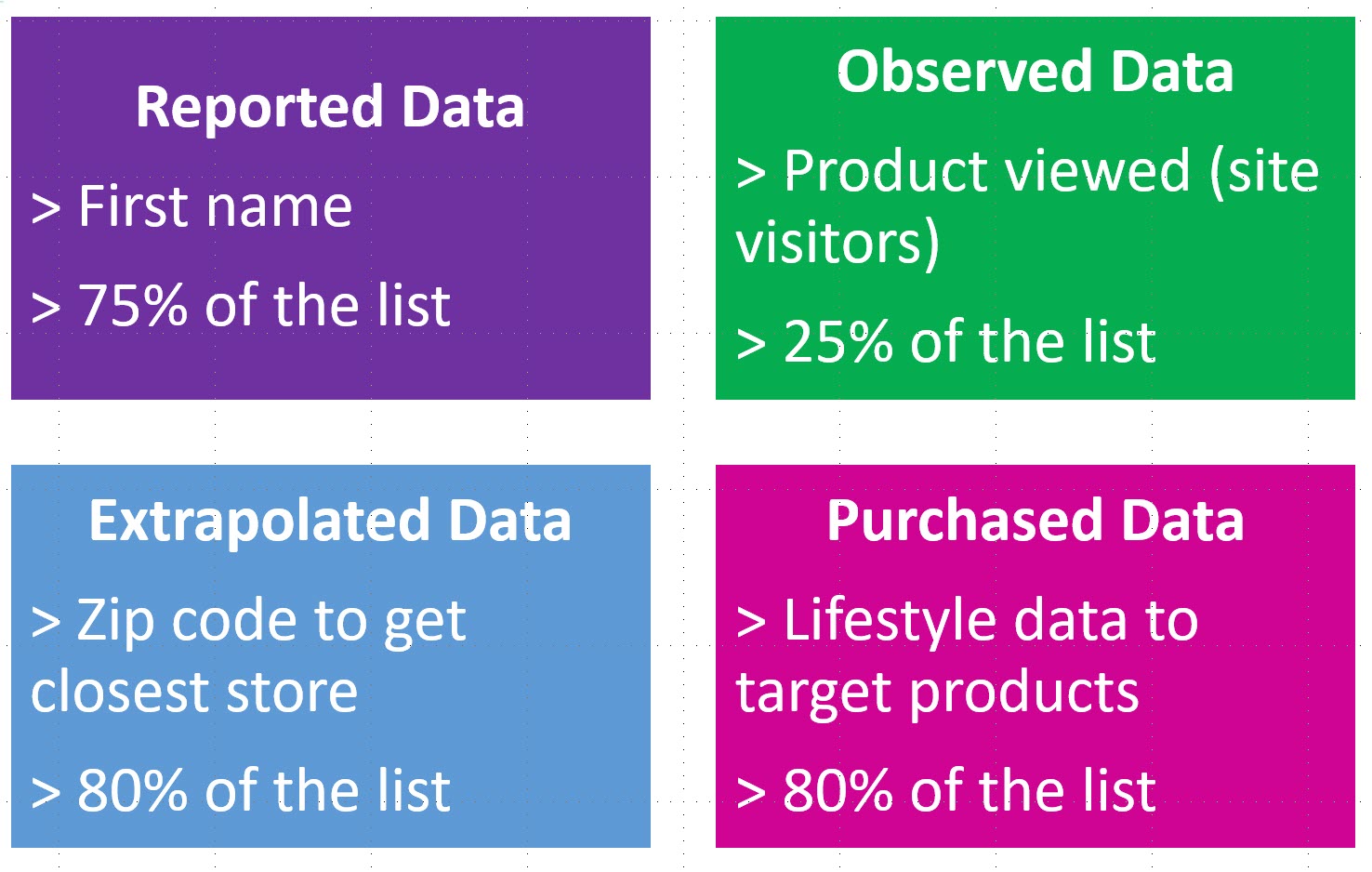Jennings: 3 Mini Case Studies: Email Segmentation, Automation and Personalization/Customization
How smart are your email segmentation, automation and personalization/customization strategies? Work on these 3 mini case studies, based on projects I’ve done with my clients, to find out.
Segmentation
We all know the definition of segmentation: dividing your list into sub-groups based on some type of share characteristic. When we think about segmentation it’s also important to consider targeting – which is how you will treat each segment differently to optimize the results for each. The goal of segmentation is to move us away from ‘batch and blast’ to boost bottom line performance.
Here’s a mini case study – read through the details, then take a moment to think about it and answer the question that follows.
Case Study: Retailer K
Retailer K has a sophisticated algorithm that dynamically segments the list based on a few factors, primarily?
- Frequency of website visits in the past few days
- Products viewed (scores most to least likely to result in a sale)
The more you visit the website and the higher your product views are scored, the more messages you will receive in the coming week.
I did a spot check of segments and found the following:

In fact, in every period I looked at somewhere between 92% and 94% of the list fell into Segment B.
So, let’s say that you’re responsible for this email program – what’s your next step?
- Nothing, everything looks good.
- Test some other ways to segment this list and see if we can boost performance.
I’ll give you a few lines of white space, so you can consider your answer…
Ready?
The correct answer is #2, test some other ways to segment this list and see if we can boost performance.
If your list segmentation strategy always places 92% to 94% of the list into the same segment, you’re not really segmenting.
With this client we are getting ready to test some new segmentation strategies, including:
- Stage in the customer journey
- Persona-based
- Recency-frequency-monetary
- Email behavior
- Product viewed
- Propensity (likely next purchase)
- Desired next step (purchase, review, cross-sell/upsell, etc.)
Once we see how these segmentation strategies split the list we’ll take the next step of how to target the messages to boost performance (we already have some ideas here!).
Automation
Automation is really the future of relevant, successful email marketing. We all know why automation makes sense:
- Passive income: set it and forget it
- Allows you to be more relevant to customers/prospects in a timely manner
- Frees up time for higher value activities (like performance testing)
- Bakes in best practices
- ➢ Oh, and triggered campaigns tend to perform better than business-as-usual campaigns (by Epsilon’s latest figures, open rates are an average of 68% higher while click-through rates are more than double, with a 103% average lift in performance.
But where do you start?
Case Study: Retailer Q
The email marketing team has identified four email programs that could be automated – which would you begin development on first?

New creative means that you’d have to create the messages from scratch; existing creative means that the messages already exist. RPE is revenue-per-email-sent.
I’ll give you a few lines of white space, so you can consider your answer…
Ready?
The correct answer is the cart reminder program, since it is a proven performer, guaranteed to turn a profit when it’s launched, which will give you funds to put toward additional automation activities.
There are four factors I always look at when prioritizing prospective automation programs:
- Audience Size: how many people will be touched by this program
- Revenue Potential: how much money could this program make?
- Historic Success: do we have a proven blueprint to get to profitability
- Cost: what will it take, regarding system integration and over developmental work, to get it up and running.
If you start with the automation that will deliver the most immediate return, you can use the money generated to continue to launch new programs
Personalization and Customization
These are similar, both increase relevance, but different.
Personalization is one-to-one, like a person’s first name. Customization is one-to-many, like the NHL sending an email where the images all feature gear promoting the recipient’s favorite hockey team.
Case Study: Retailer J
Here the email team has identified four different ways they might personalize or customize messages; which of these should they use?

The percentages reflect what portion of the list to which they would be able to apply this personalization or customization.
I’ll give you a few lines of white space, so you can consider your answer…
Ready?
The correct answer is all of the above! There’s no reason to limit yourself here. You can mix and match based on what’s most appropriate for each email message and which customization and personalization tactics are most successful.
When you’re doing personalization and customization, be sure to start with a treated (with personalization/customization) versus untreated (without personalization/customization) test to confirm that what you’re doing boosts results.
After that, test different levels of personalization (heavy (lots) versus light (little) and see what works best with your audience in different email scenarios.
In Closing
So that’s it! A quick, case-study driven primer on the basics of segmentation, automation and personalization/customization. How’d you do? Try using these types of exercises at your office to optimize your results – and let me know how it goes!

 How to resolve AdBlock issue?
How to resolve AdBlock issue? 
